EFFECTIVE
According to the Department of Agriculture and Environment (DARD) of Dong Thap province, the irrigation system in the province has been invested in, upgraded and renovated relatively completely by the State and the people. This basically meets the needs of production, people's lives, travel and transportation of goods of people in the area.
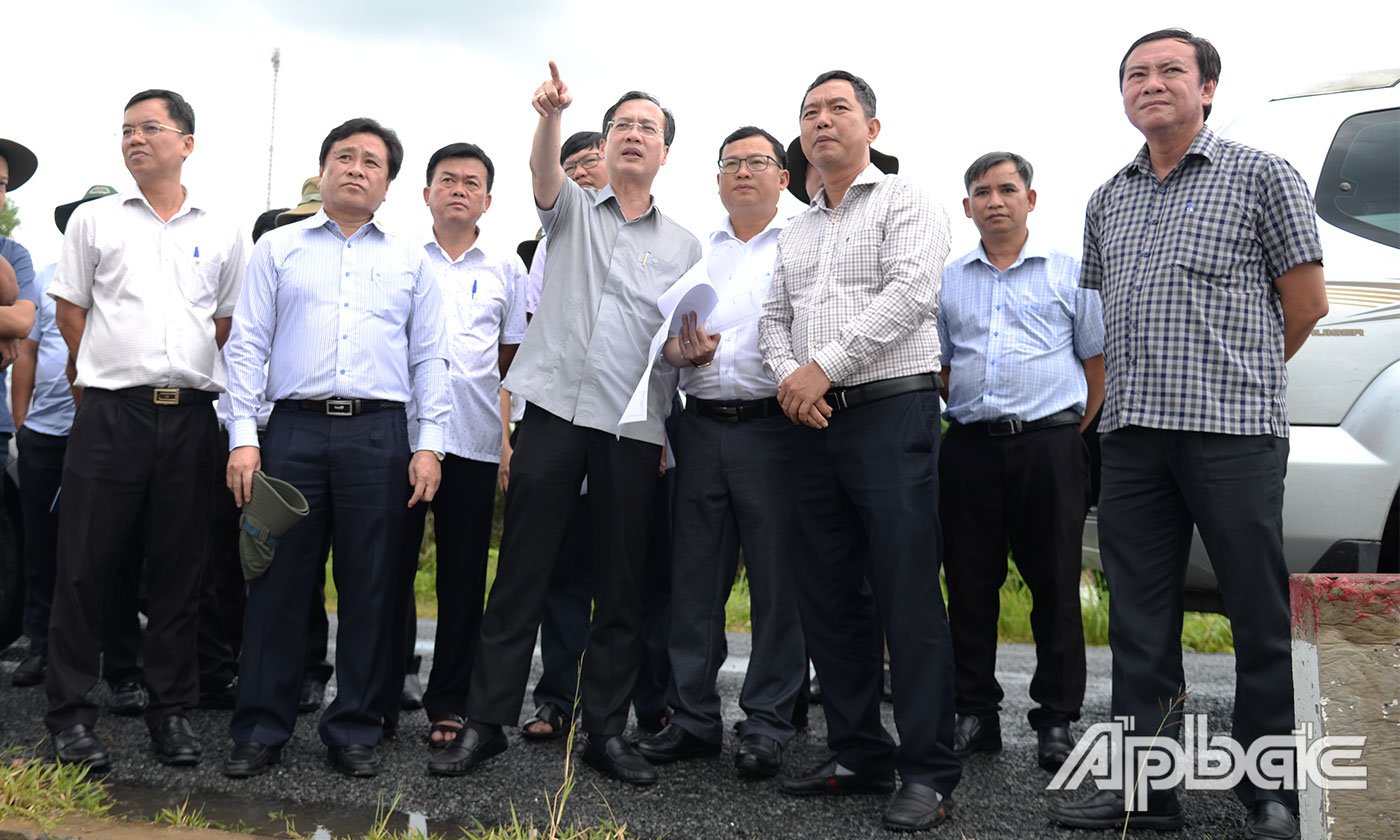 |
| Provincial People's Committee leaders surveyed Go Cong sea dike. |
Specifically, the canal system has so far invested in and upgraded 5,099 works, with a total length of 10,550 km. The sewer system and pumping stations have invested in 6,673 works. The dyke system (sea dykes, estuary dykes and river dykes), embankments and embankments have invested in 10,275 km.
According to the Department of Agriculture and Environment, because the irrigation system in the province was invested for a long time, at different times and has an inconsistent structure, it must be maintained, repaired and upgraded every year to ensure service for production and people's lives. To proactively operate the project according to its designed function and ensure response to natural disasters, from the beginning of the year, the agency or unit assigned to manage and operate will develop a plan for inspection, evaluation and propose repairs and upgrades to be submitted to the Provincial People's Committee for approval. According to statistics in 2025, the province needs to consider, repair and upgrade 149 damaged and degraded culverts. To date, the province has basically completed this. In the coming time, the Department of Agriculture and Environment will continue to coordinate with relevant units to review works that need maintenance, repair and upgrading to ensure service for production and people's lives in the province. |
In general, the irrigation system has been very effective. Especially effective in preventing floods, salinity, tides and storing fresh water to serve production and people's lives in the province.
This irrigation system basically ensures irrigation and drainage for about 435,825 hectares of agricultural land, with a cultivated area of 861,922 hectares. Of which, rice crops in the year are 627,066 hectares; vegetables, short-term industrial crops are 68,211 hectares; fruit trees, perennial trees, long-term industrial crops are 155,287 hectares; aquaculture area is 11,358 hectares.
One of the outstanding projects that has been put into use and proven effective is the Project to invest in building a saline prevention sluice system at the head of canals and ditches leading to Tien River on Provincial Road 864, Phase 1. The project has a total investment of more than 846 billion VND, from the central and local budgets; of which, the construction cost is over 578 billion VND.
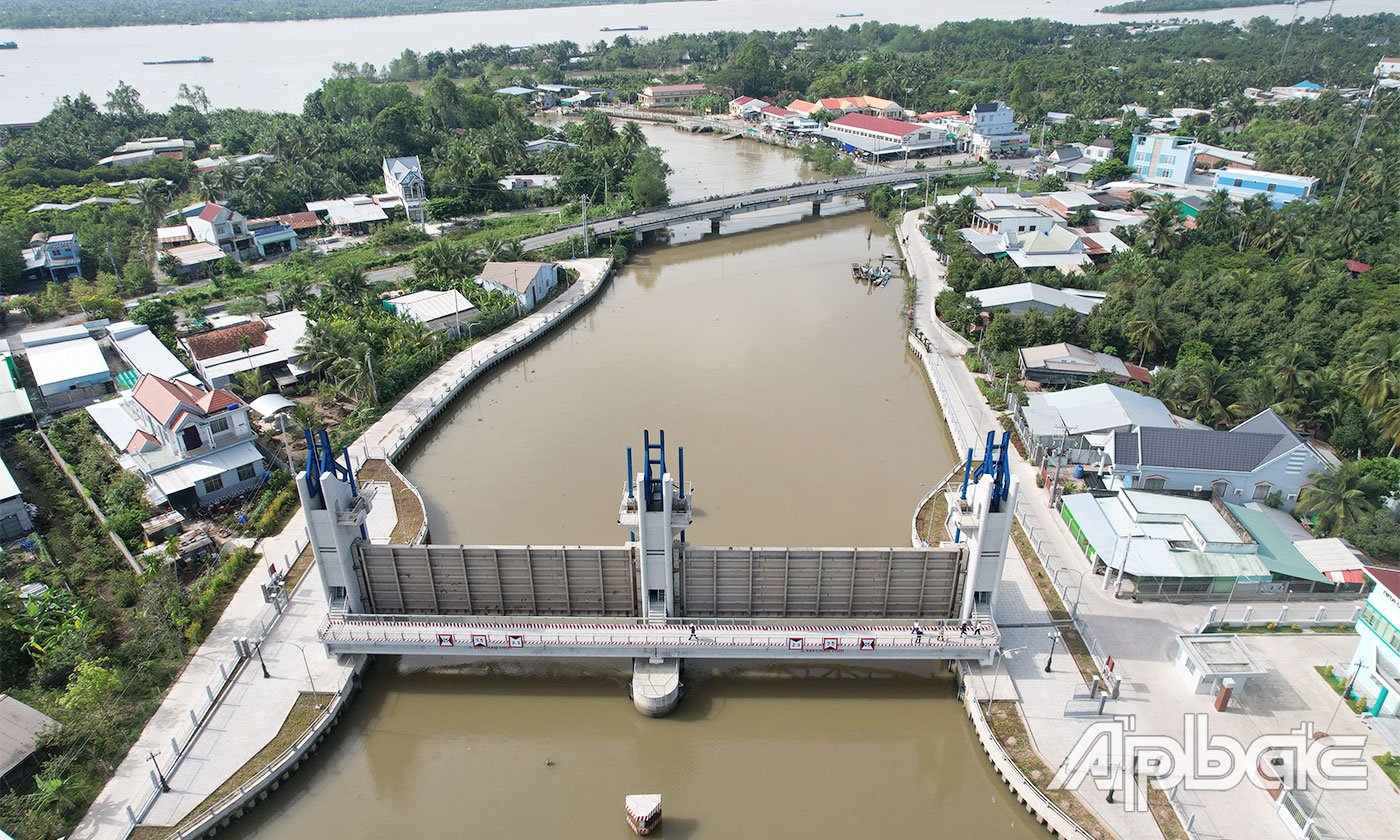 |
| The Project to invest in building a saline prevention sluice system at the head of canals and ditches leading to Tien River on Provincial Road 864, Phase 1, has been effective after being put into use. |
The project includes 6 saltwater prevention sluices: Rach Gam, Phu Phong, Cay Cong, Mu U, Cai Son, Hai Tan. The sluices have been focused on speeding up progress and being completed and put into use in time to ensure saltwater prevention and fresh water storage in the dry season of 2023 - 2024. Thereby, helping to protect safe production, creating excitement among the people.
Previously, the Con Ngang area (Tan Phu Dong commune, Dong Thap province) suffered from serious landslides. In the face of this situation, from the central and provincial budgets, the Provincial People's Committee has implemented the Con Ngang Anti-Landslide Embankment Project with a total capital of over 238 billion VND. The project is 6.8 km long, using wave-reducing technology with hollow structures made of reinforced concrete placed far from shore.
The wave-reducing dyke and its supporting structures not only help prevent landslides but also contribute to accretion and create a beach for the locality to continue planting and regenerating protective forests inside the dyke. Currently, the project has been basically completed. According to records, mud and sand have gradually settled inside some locations of the dyke, and forest trees have begun to take root again.
INCREASE INVESTMENT
According to the leader of the Department of Agriculture and Environment, in the face of increasingly severe climate change as it is today, to improve the efficiency of irrigation works, it is necessary to synchronously deploy many technical, management and policy solutions.
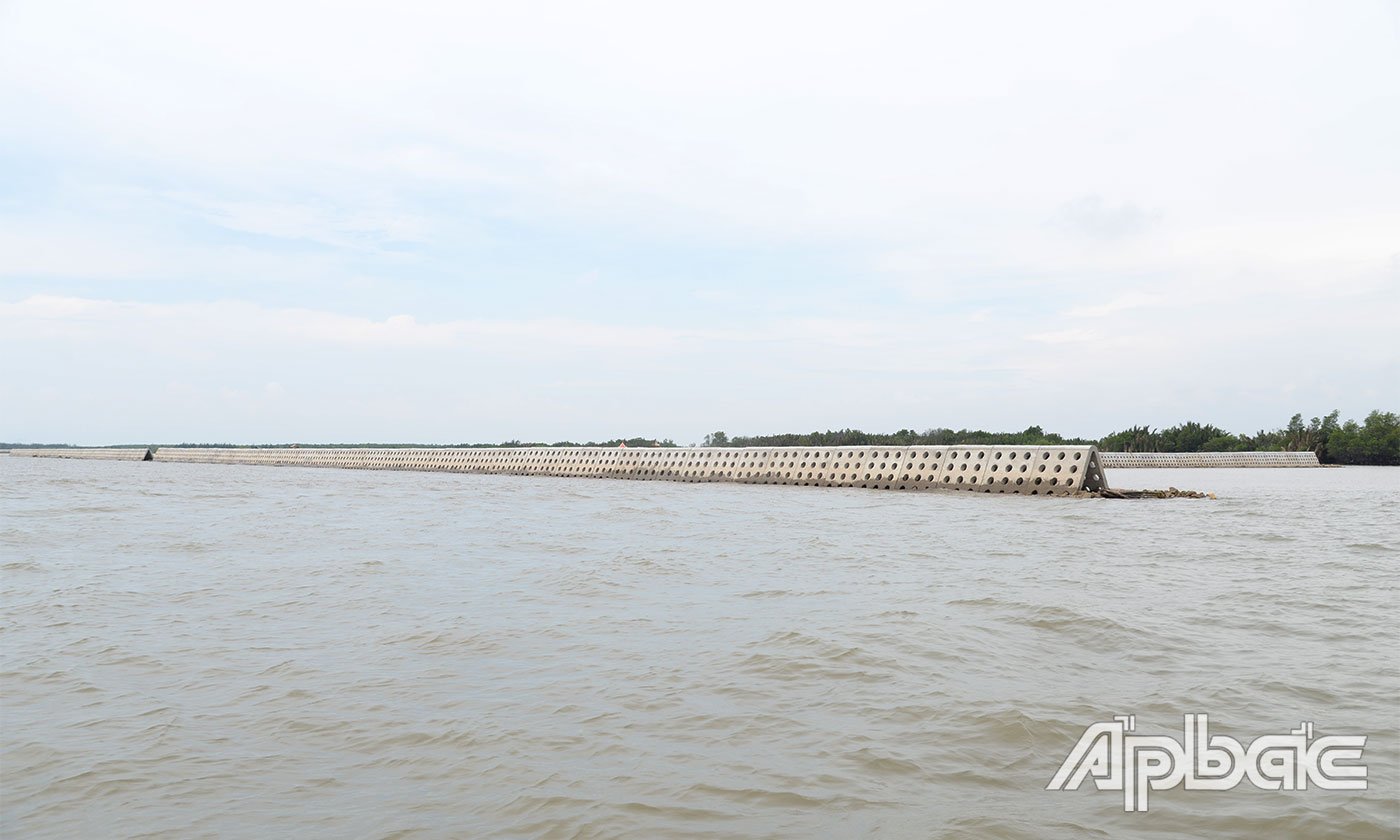 |
| The Con Ngang anti-erosion embankment project is showing effectiveness after investment. |
First of all, it is necessary to immediately review and implement the decentralization of irrigation management in accordance with each local level, especially for the current two-level government. One of the important solutions is to review the overall planning of agricultural production and irrigation planning to ensure inter-regional compatibility, adapt to climate change and be consistent with the planning of the Mekong Delta region.
At the same time, it is necessary to increase investment and mobilize resources from the Central, the province, ODA, and socialization to upgrade and modernize the irrigation system. In particular, priority is given to key areas such as: Go Cong Sweetening Project; fruit tree and ornamental flower areas between Tien and Hau rivers. Specifically, it is necessary to focus on upgrading and maintaining damaged and degraded irrigation works.
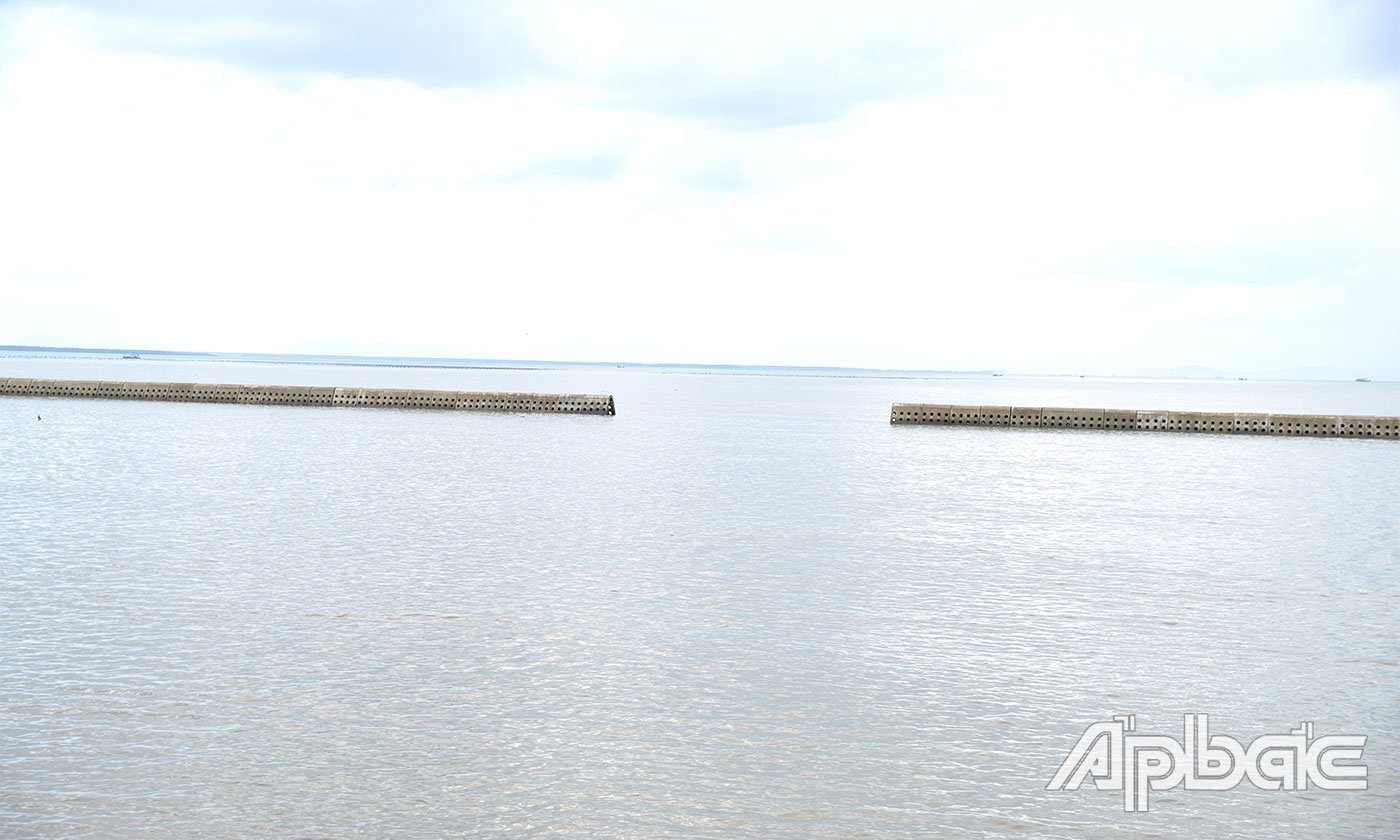 |
| The Go Cong Sea Dyke Upgrade Project Phase 2 is proving effective in preventing and combating landslides after being put into use. |
At the same time, invest in building new irrigation works to meet the increasingly extreme conditions and developments of the climate in a multi-purpose, adaptable spirit, coupled with the application of new technologies such as: Remote sensing, GIS, IOT, smart control, automatic operation to enhance monitoring, management and operation of irrigation works effectively.
Another important content is to organize the effective management and operation of irrigation works along with training resources. In particular, focusing on training to improve the qualifications of irrigation staff at the commune level, cooperatives and cooperatives.
In addition, it is necessary to change the crop structure to suit the irrigation and climate conditions of each region, along with strengthening propaganda and raising people's awareness of using water economically, reasonably, protecting and not damaging irrigation works.
ANH THU
Source: https://baoapbac.vn/kinh-te/202507/dong-thap-nang-cao-hieu-qua-cac-cong-trinh-thuy-loi-1047014/



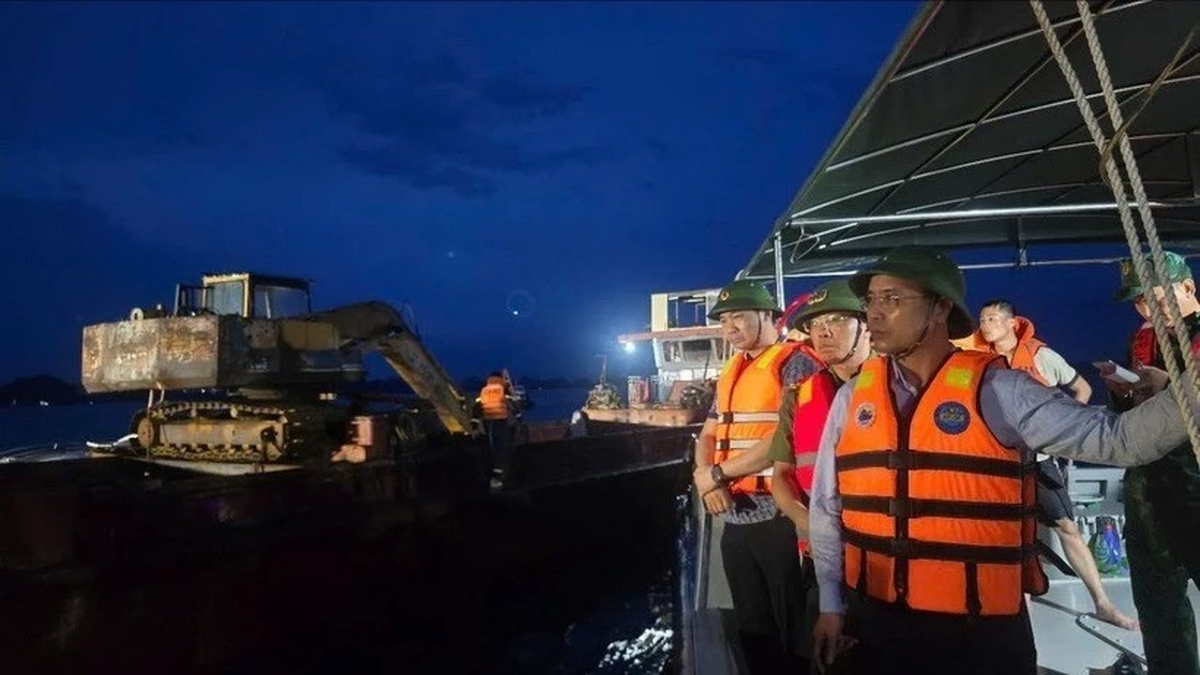

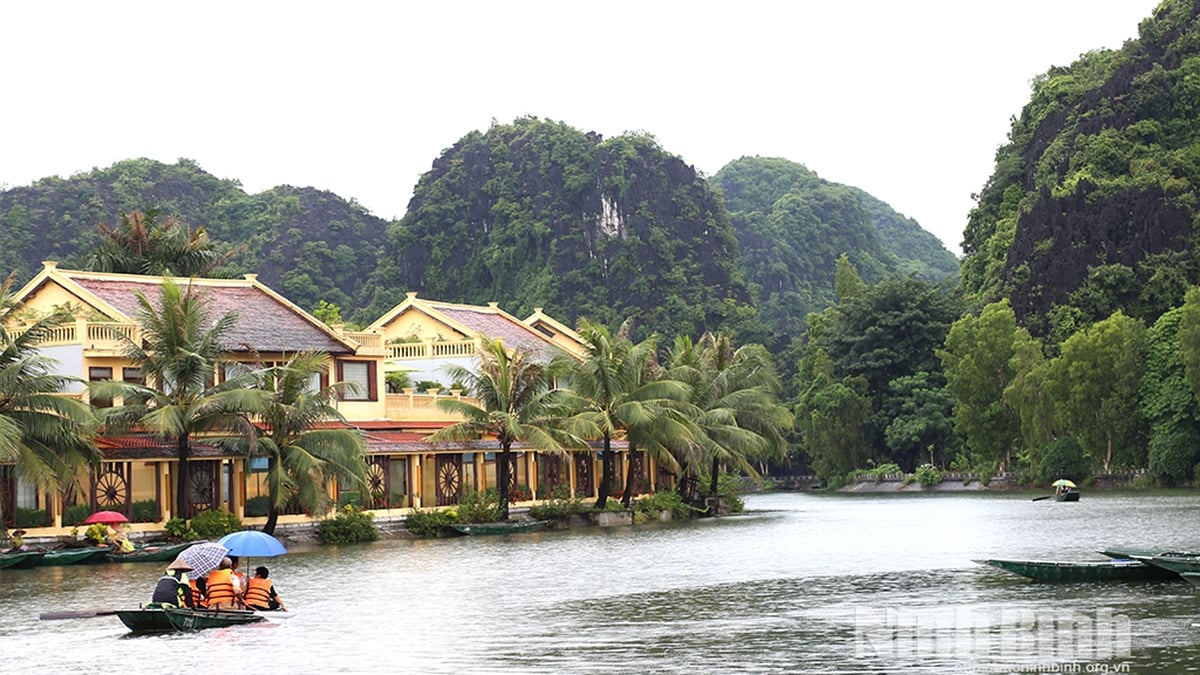



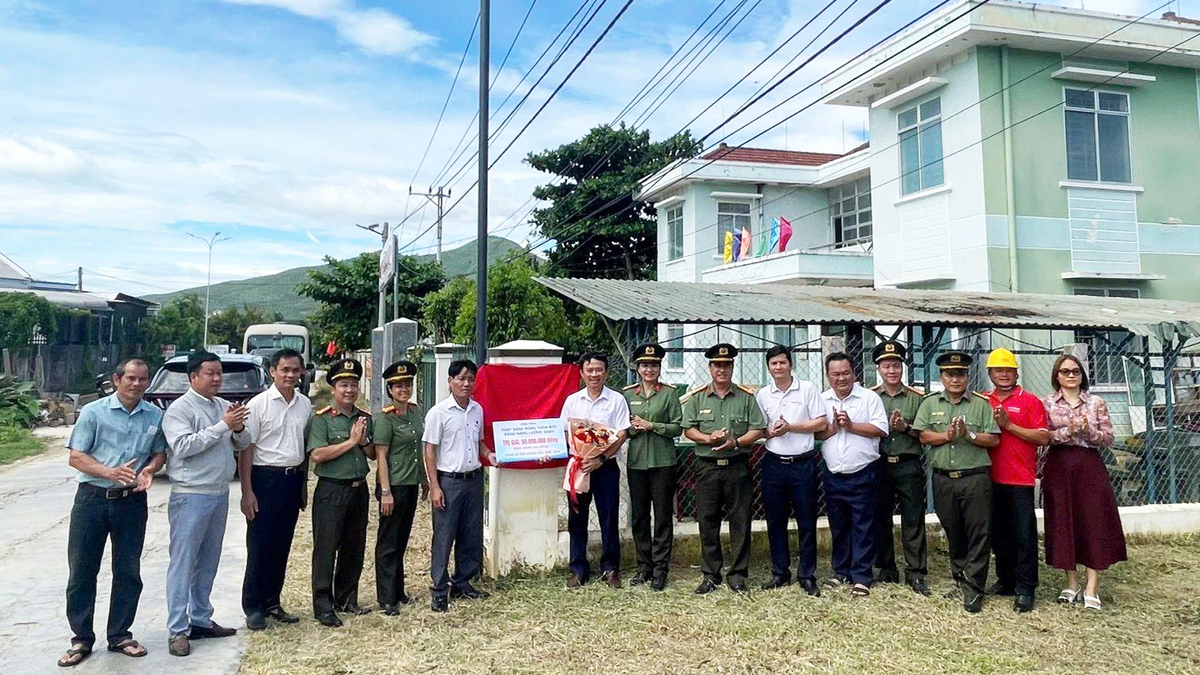
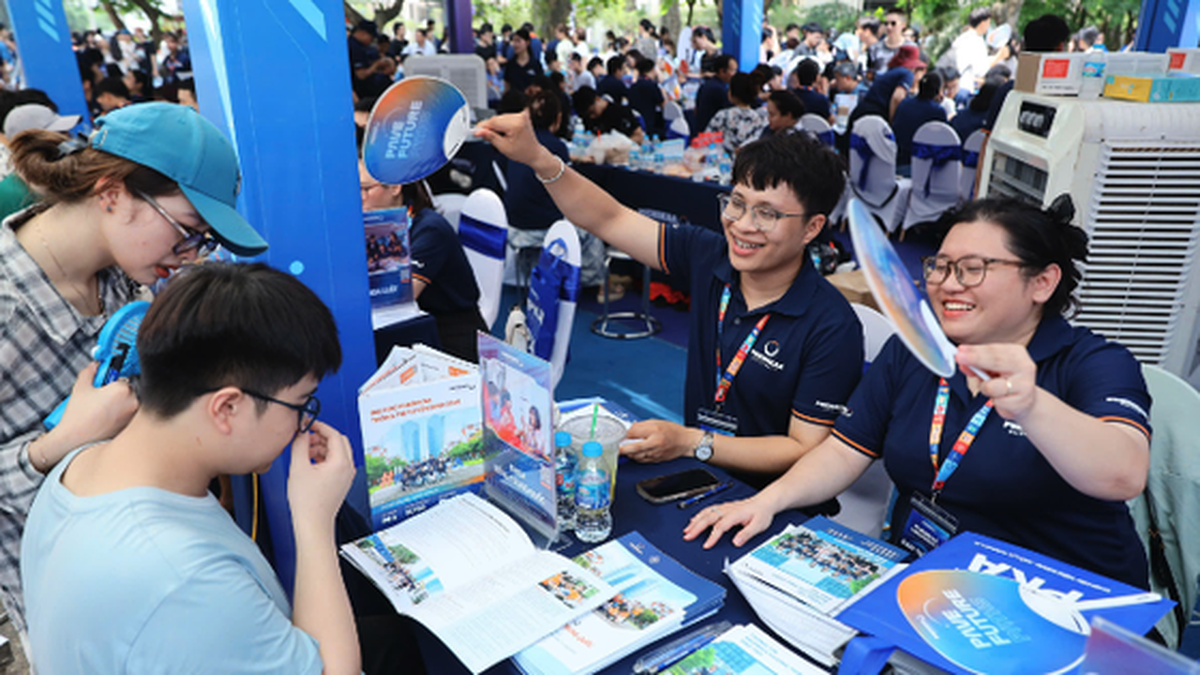
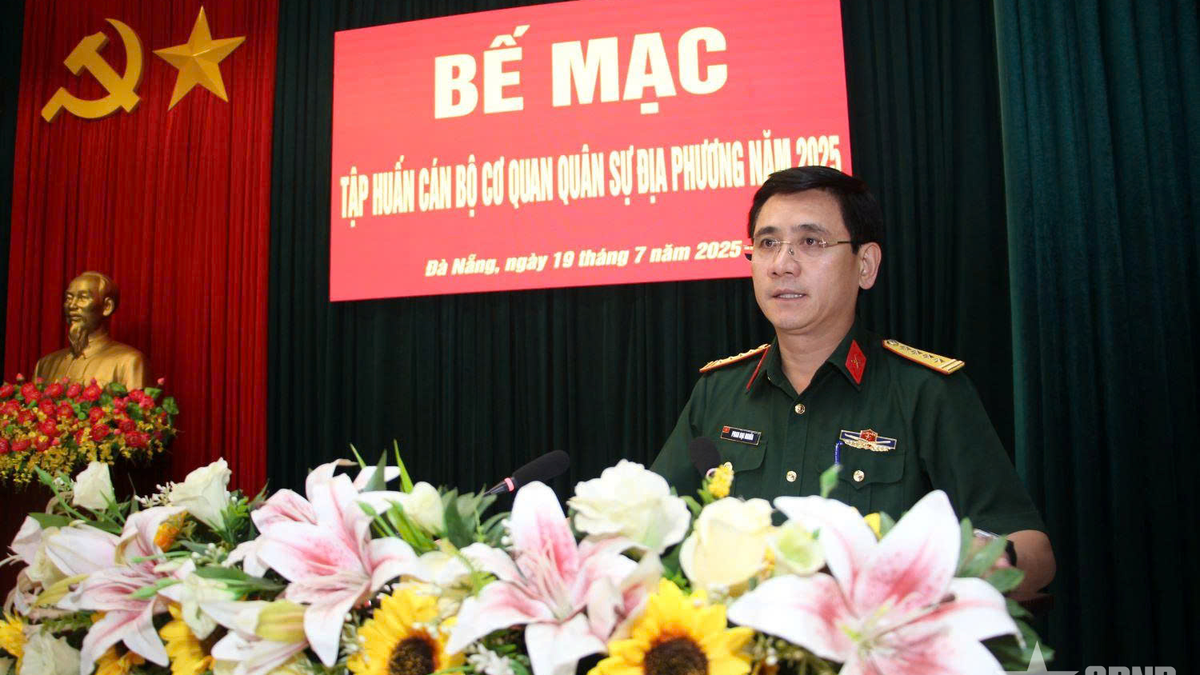






















































































Comment (0)